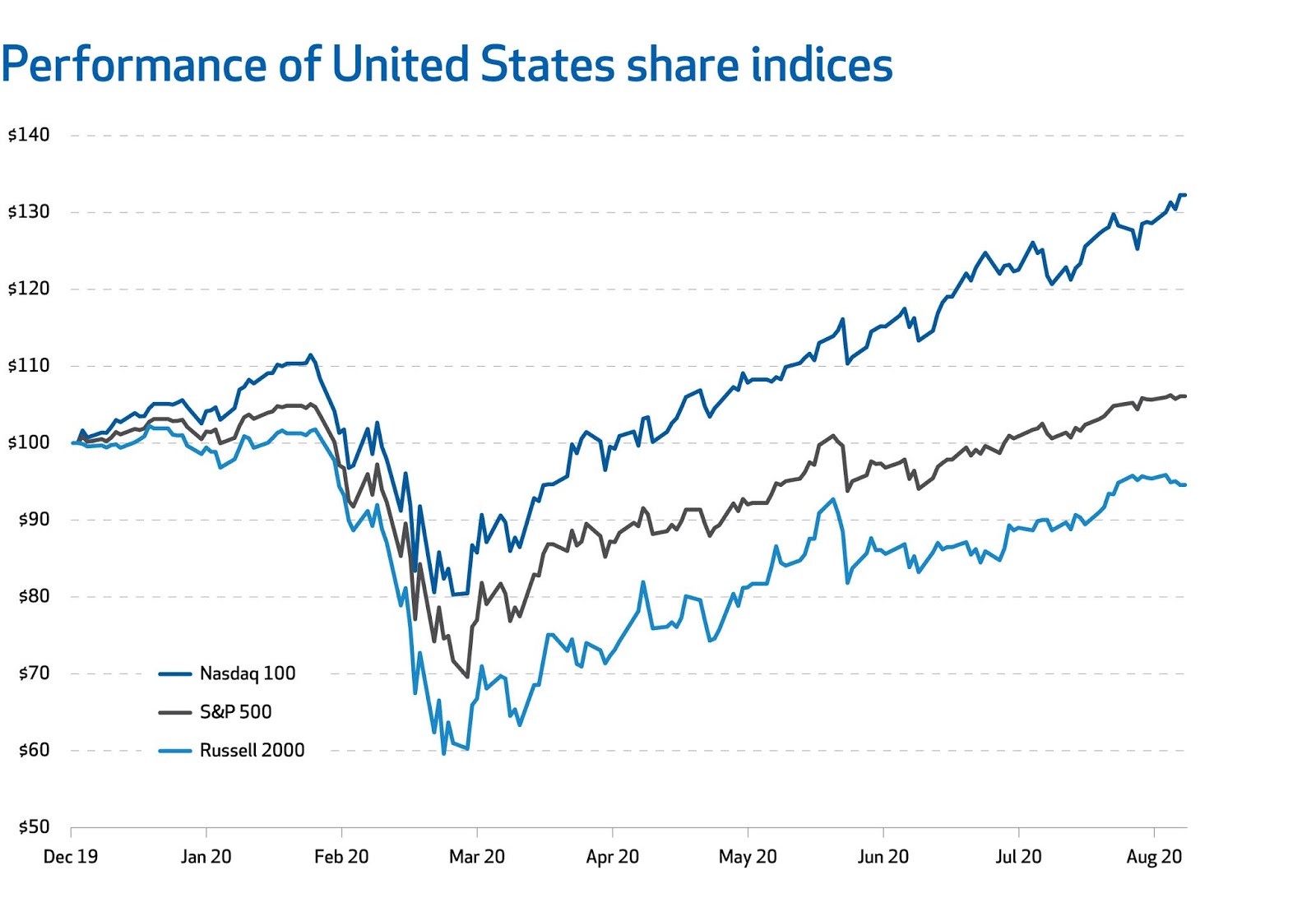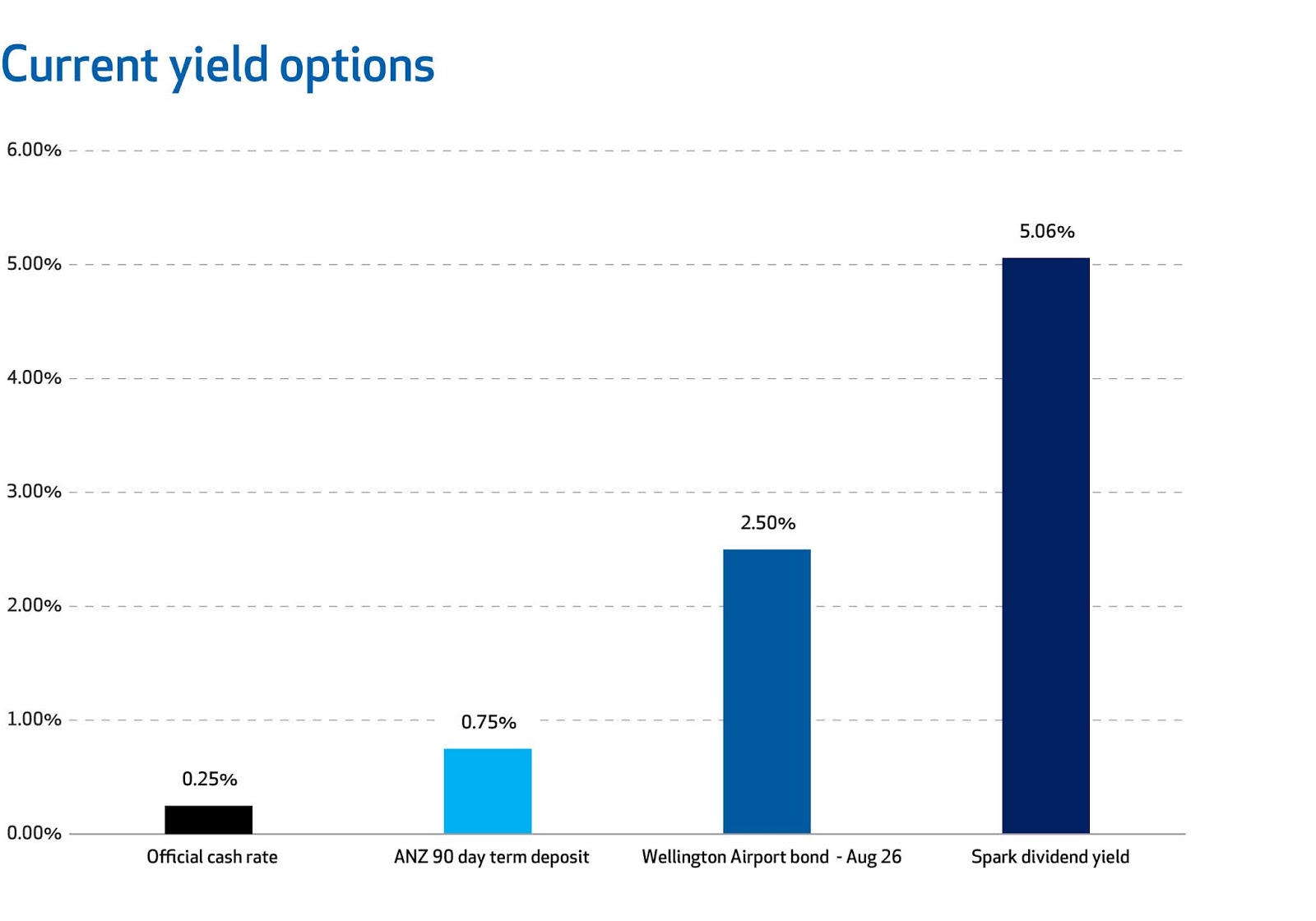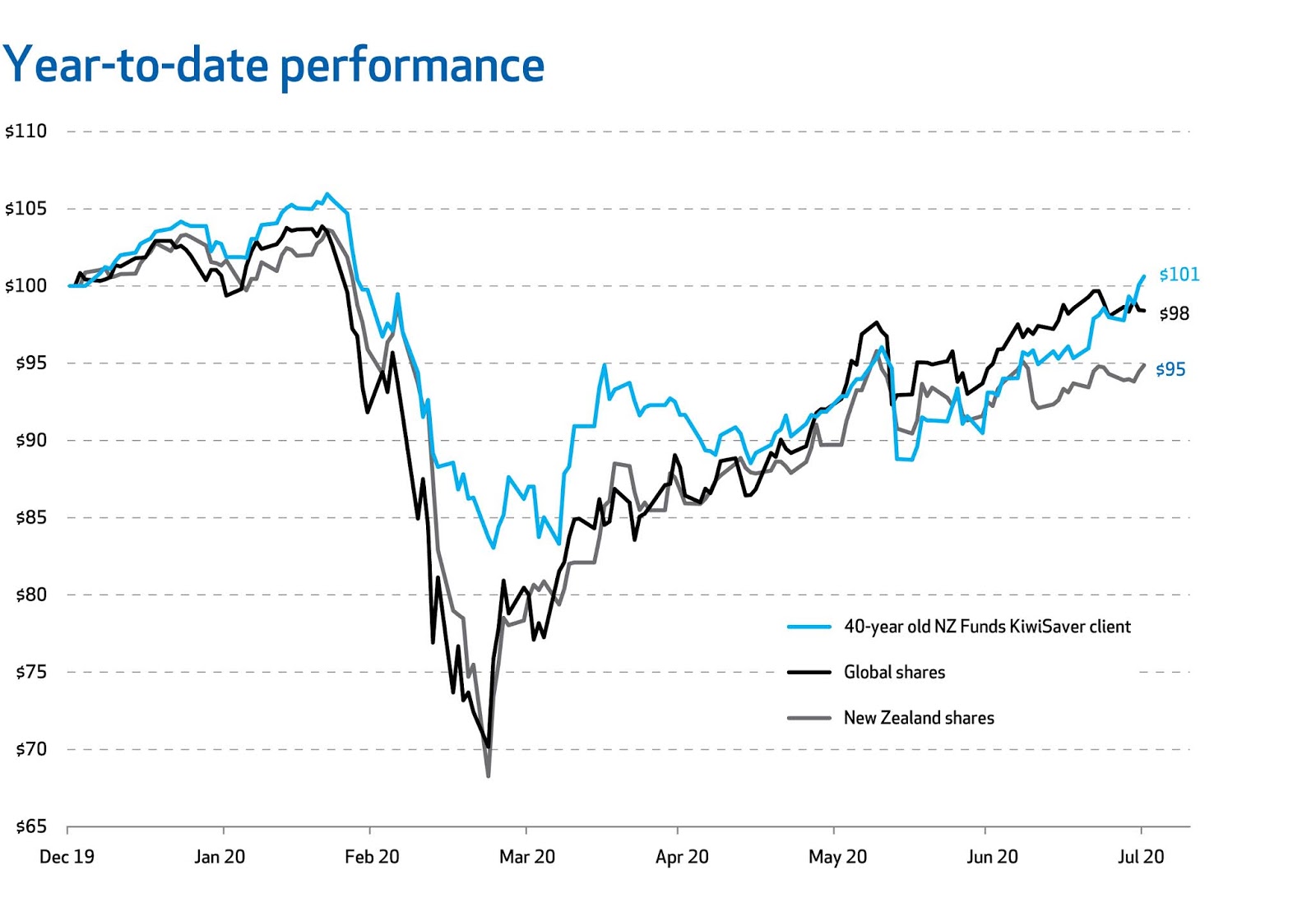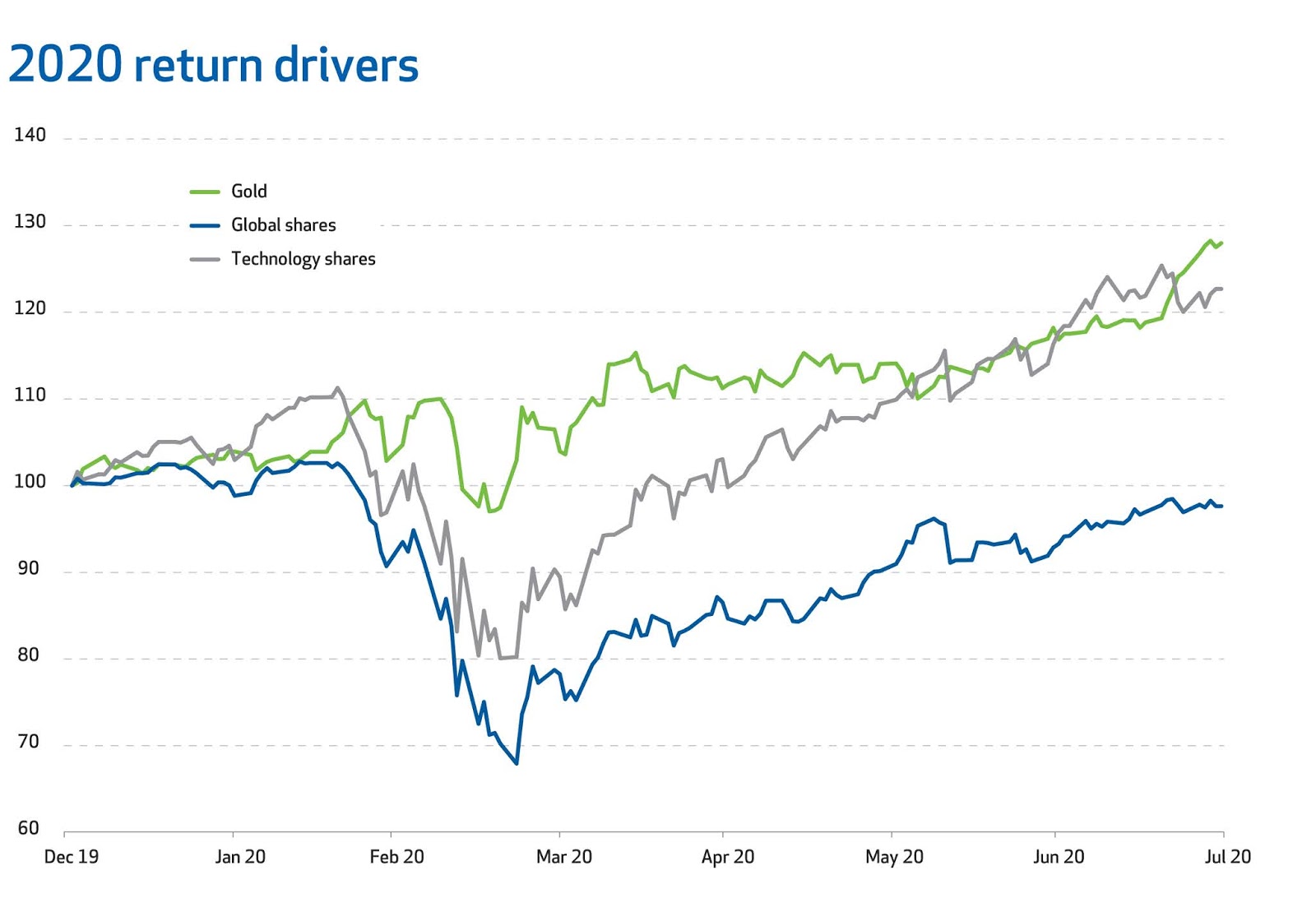Ask the right questions to minimise risk of fraud
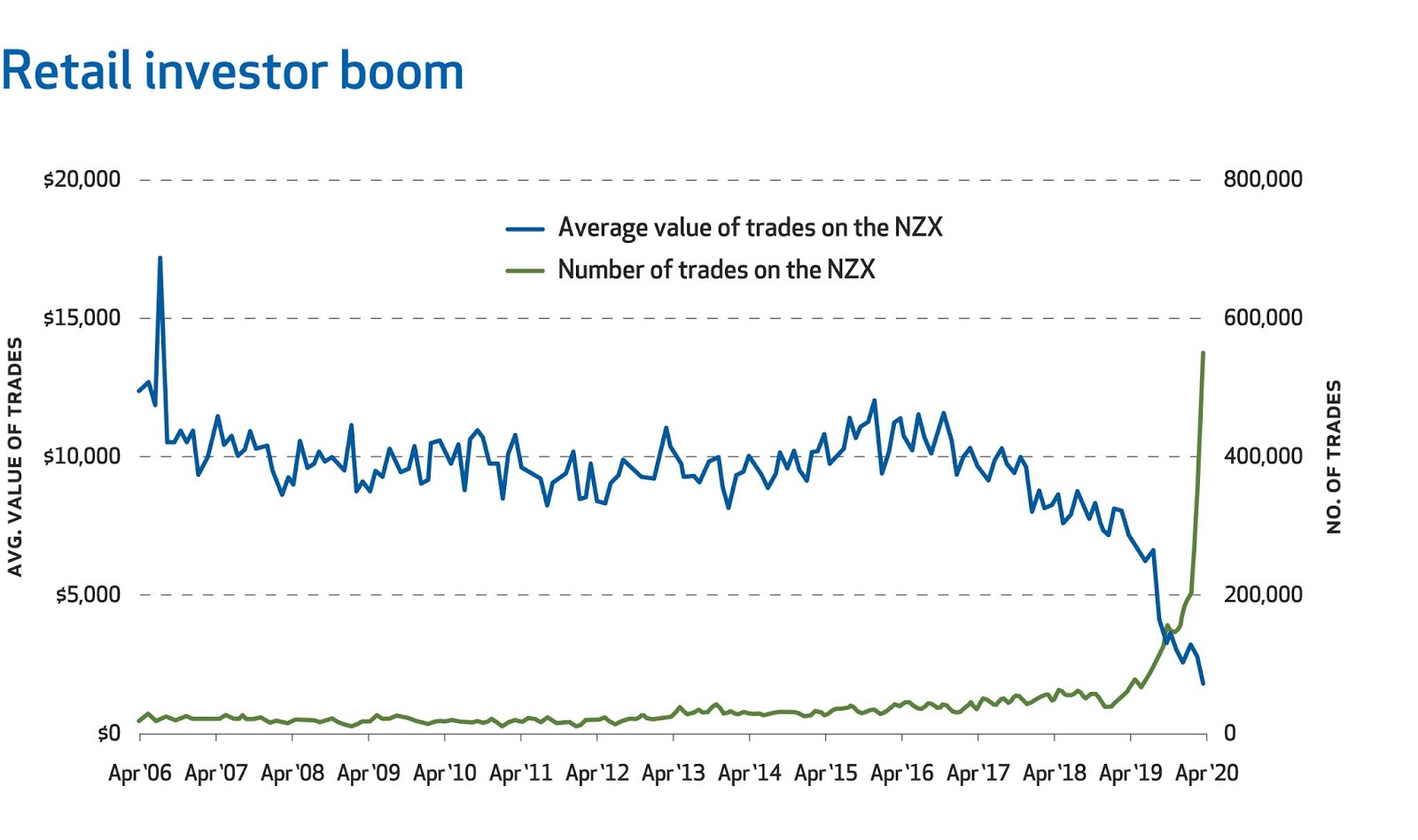
The circumstances of the fraud perpetrated by disgraced financial adviser, Barry Kloogh, were released late last month. The case made for sickening reading. The blatant and egregious abuse of trust seems beyond comprehension. In my column of June 2019, I outlined a checklist of questions that should be asked of ALL financial advisers. The idea of this checklist was to provide investors with a standard against which their current, or a prospective adviser, could be tested. In light of recent events involving Mr Kloogh, I thought it would be valuable to revisit and update that checklist. But firstly, I must emphasise that I am not suggesting these losses were inflicted by anyone other than Mr Kloogh. The fraudster was highly plausible and, in an absence of understanding about the type of safety measures that can exist within an advisory relationship, this fraud was able to occur for an extended period. And this is the root of the problem – there is no single question that can
